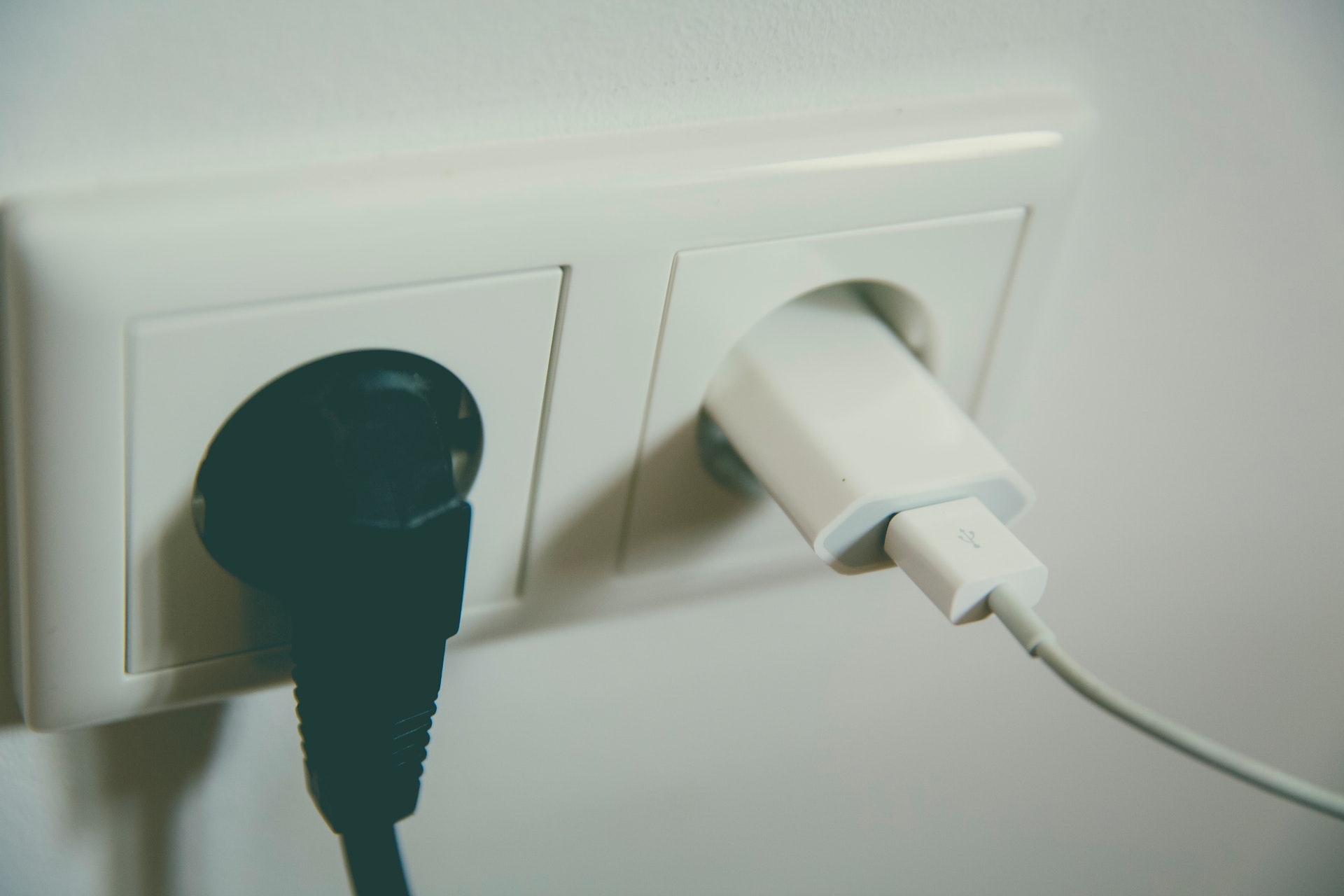We use electricity for nearly everything – cooking, electronics, entertainment, work, and so much more. With the extent that we all rely on electricity, it's easy to forget the importance of checking the status of your wiring, outlets, and extension cords. Neglecting visible and obvious damage to your home's electrical system could put your family and belongings in danger.
Here are 5 things you should check for in order to decrease the possibility of fire hazards and power outages.
1. Inspect invisible wires
Often times, you can see wires either in your basement or in the attic. While they seem to be safe in a relatively untraveled area, there are signs you should look for when coming into contact with these wires. Examine the wires and see if anything is exposed. If you see exposed wiring, it is likely that you may have rodents, or that the normal wear and tear has become too extensive to ignore. It is important to take care of the exposed wire before it causes a fire or other such issues.
2. Inspect extension cords
Anyone that does the occasional home improvement project is sure to have an extension cord or two (or 10) around the house. Extension cords are an example of a household item that people use and then throw in the corner for months at a time. While extension cords seem to last forever, it is important to make sure that none of your extension cords have cuts or other damage that may pose a safety threat later on.
3. Check that your outlets are tamper-resistant
Tamper-resistant outlets are an excellent investment, especially if you have children. These outlets prevent foreign objects from entering an outlet, such as paperclips or coins, thus preventing children and others from getting shocked. Just check to see if there is a plastic barrier behind the openings. If the openings are black, you probably don't have tamper-resistant outlets and it might be time to invest!
4. Test outlet voltage
Do your electronics behave strangely when plugged into your outlet at home? You may have noticed lights dimming or flickering on your computer, phone, or other electronics when plugged into an outlet. If this is happening to you, it may be time to conduct a voltage test! All you have to do is get a voltmeter and insert it into the outlet. The meter will tell you the volts that are running through your outlet, which should be in the range of 110 and 130. If the voltmeter shows numbers that are outside of this range, it may be time to call in a professional.
5. Look, Listen, Smell, Taste, Touch
Using your senses is always a good idea when dealing with electrical safety within your home. While using your sense of taste isn't recommended, it is important to listen for strange sounds, touch outlets to see if they're excessively warm, and be aware of any burning smells. These are all reasons to take a deeper look at the electrical safety of your home.
The lives of you and your family, are too important to overlook. So, develop these habits so you can further prevent a house fire, electrocution, or damage to your devices. If you have questions or need help determining the status of electrical safety in your home, contact us!
